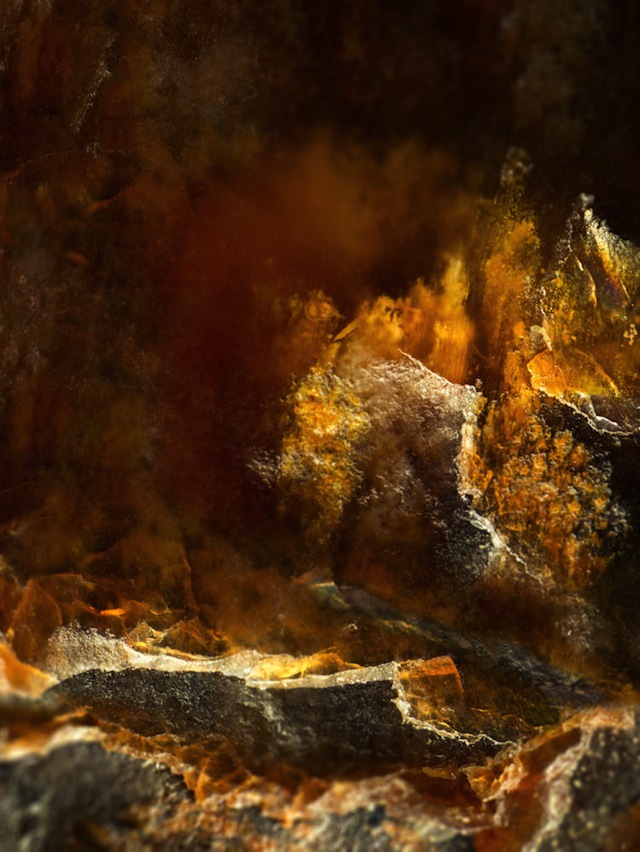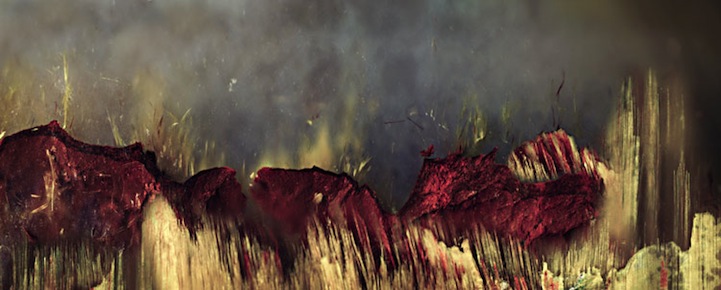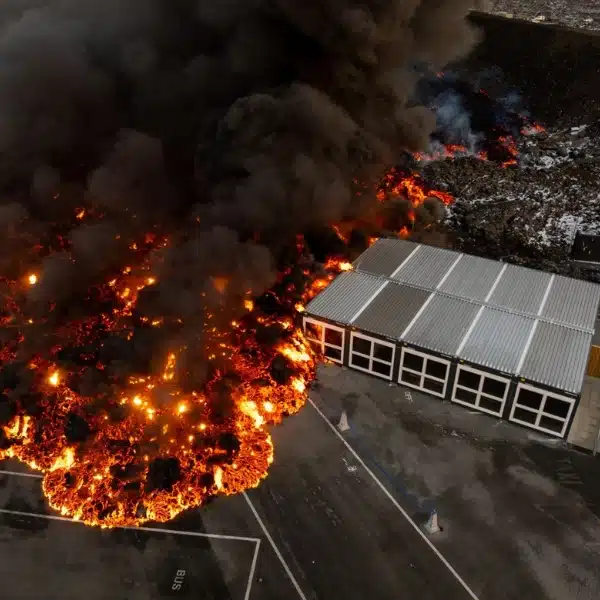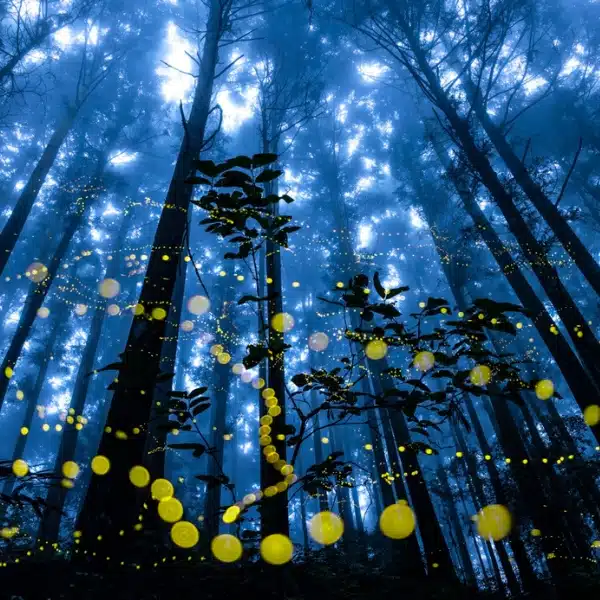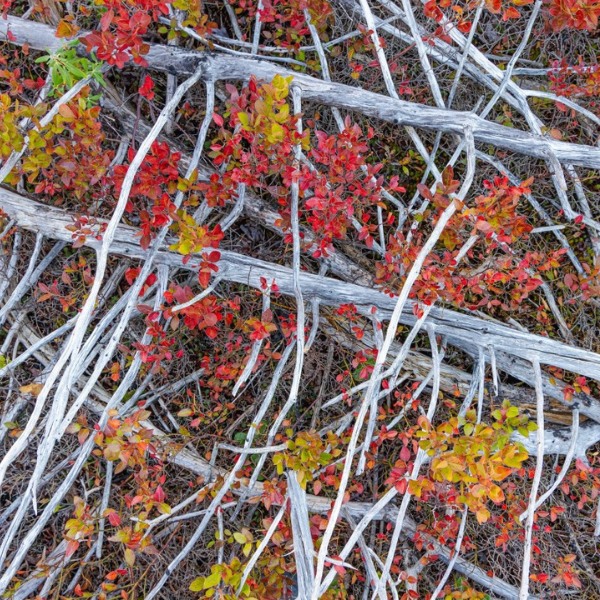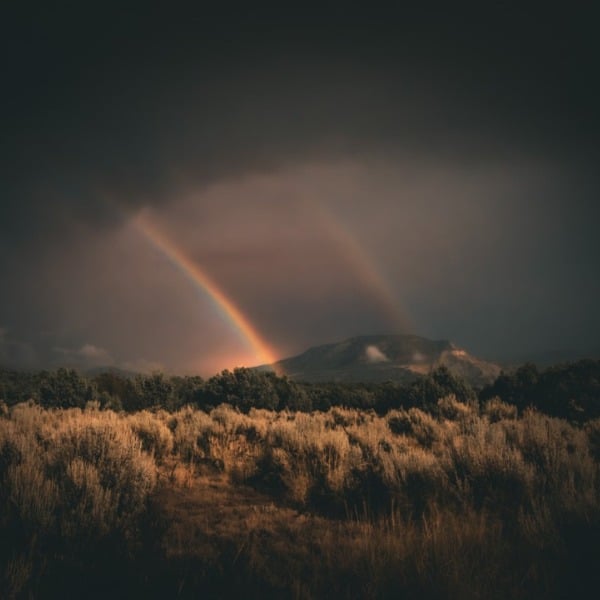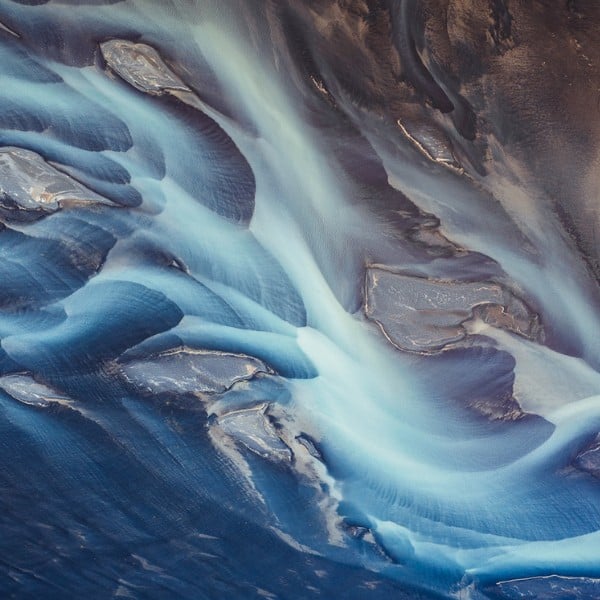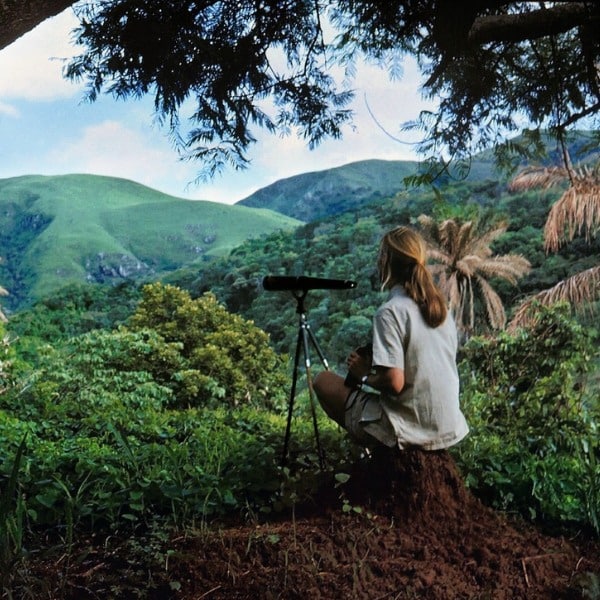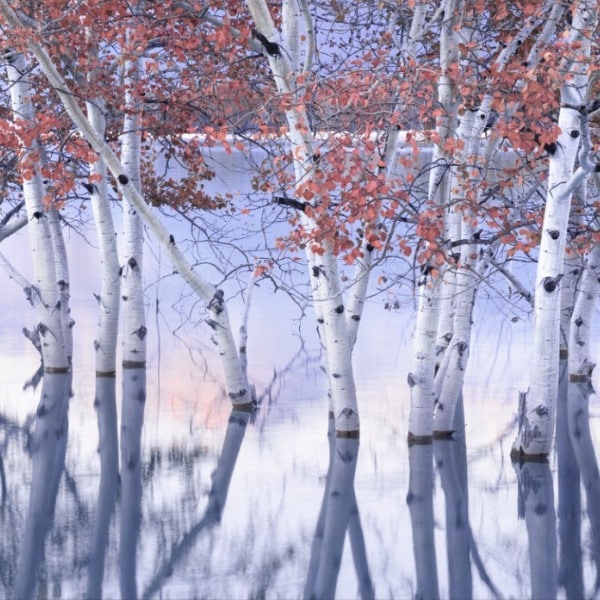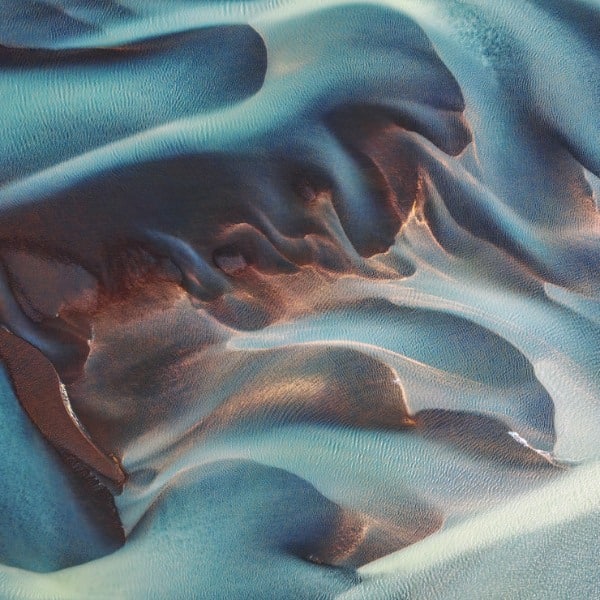
Though she's, in fact, an artist, you wouldn't call Rebecca Clews a painter. Her stunningly surreal images of otherworldly landscapes have a painterly feel to them but they haven't been created with even a drop of paint. Instead, the 22-year-old artist takes hundreds of microscopic images and stacks them on top of each other until she creates her beautifully surreal scenes.
As she tells us, “I consider myself to be an image maker and collector, as I have been using the microscope to capture the building blocks for the imaginary worlds I generate. This not only adds to my alteration of space but, I use the microscopic world as it seems alien to most of us.
“The images I collect from the microscope are merely jumping-off points, individual components, for use in a later constructed image similar to that of a painter or illustrator. Often a single work will contain hundreds of images. Although these are not paintings, these images contain some appearance of painterly brushwork and texture. I enjoy creating this blend of photography and painting aspects that often has the viewer questioning the nature of the work.”
The Kansas City-based artist has been creating this unique collages in order to construct her own imaginary worlds. She spent her childhood growing up in rural New Mexico, where she was immersed in its landscape. After she moved to Kansas City to attend art school, Clews had a newfound appreciation for New Mexico's vastness and beauty. “I found the lack of open space in the urban environment disorienting and long to return to a place of solitude and vastness like my upbringing,” she says. “As this work is an expression of my desire to escape to an entirely new place of solitude where I can think and contemplate, my hopes is the work will also stimulate this feeling in the viewer.”
How did she even start working with a microscope, especially as a tool to create art? “An alumni donated a microscope to the photography department years ago but they were tucked away in a corner and no one had really ever used them,” she says. “I come from a very scientific background, as my parents are both scientists, so it was only natural that I found working with a microscope to be a comfortable working environment.”

